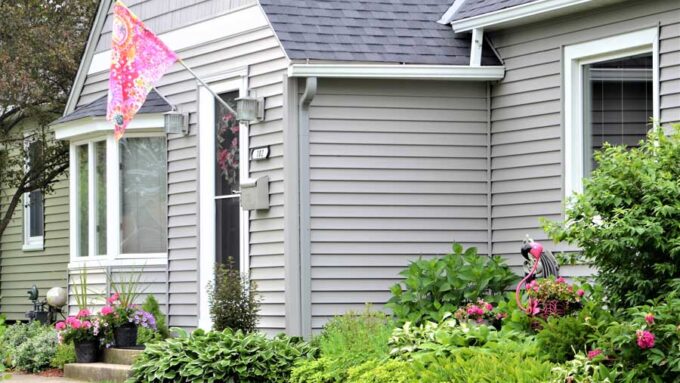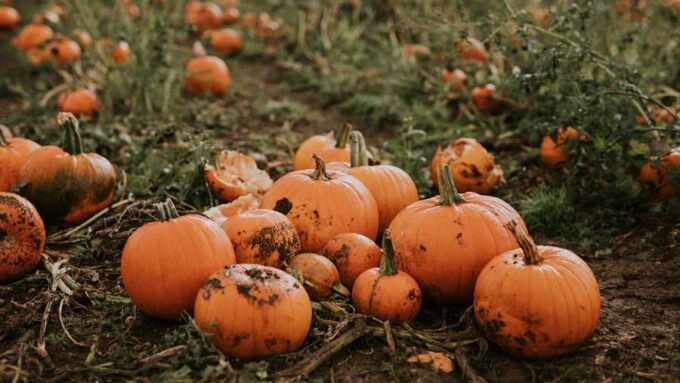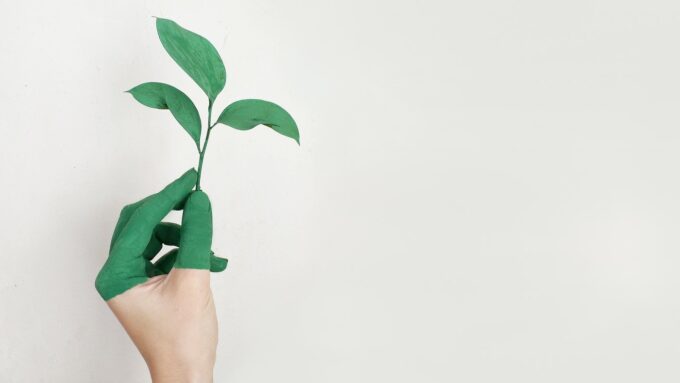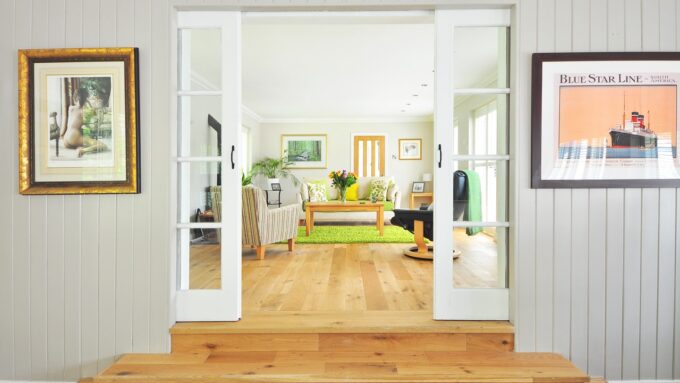Nothing makes a home appear more neglected than mold growing all over the vinyl siding. No matter whether it’s black, green, or some other shade, it definitely takes away the curb appeal.
Active mold growing on your vinyl siding not only looks terrible, but it’s an unhealthy situation, as well.
Here are some reasons why mold grows on your vinyl siding, how to clean it, and most importantly, how to prevent it.
Why Mold Grows on Vinyl Siding
Because your vinyl siding is exposed to all kinds of weather and factors that encourage mold growth, it’s a very common problem.
Mold has the ability to feed on practically any surface, including those that are used to build and protect your home. All that’s needed is a moist or humid environment, airborne mold spores landing on your siding and mold will take root, spread, and thrive.
Here are some factors that contribute to mold growing on your vinyl siding:
- Dirty gutters (piles of rotting organic matter like leaves and moist dirt trapped inside)
- Dirty siding (tree sap, leaves, and common dirt)
- Wet, moist, or humid conditions (leaving condensation on siding)
- Leaking pipes or drains (leaving pooling water or puddles near the home)
- Shady areas
How to Clean Mold from Vinyl Siding
Pressure Washing
Pressure washing is one option to remove mold from siding. Pressure washing should be done with care, especially if you have holes or cracks in the siding. If you do, water may get inside these holes or cracks and if not dried quickly, can actually cause more mold to grow.
Commercial Mold Cleaners
Commercial mold cleaners made specifically for cleaning mold off siding work well, as long as you follow manufacturers’ directions carefully. It’s also important to wear protective gear such as gloves and a mask when using strong commercial cleaners.
Bleach
Bleach is a popular “go to” solution for cleaning black, ugly mold off the siding. However, unless properly diluted, it’s possible to bleach the color from your siding. If not rinsed thoroughly and if left in direct sunlight, the odds of your siding becoming faded or discolored increase.
A good rule of thumb is to use one part bleach to four parts water for an effective, nicely diluted solution.
Avoid splashing bleach on plants, bushes, or flowers which may cause harm or permanent damage to your landscaping.
Oxygen-based Bleach
A safer alternative to the common chlorine household bleach is to dilute one cup of oxygen bleach in a gallon of water. Oxygen bleach is less harsh than its chlorine-based counterpart, preventing discoloration of the siding or harm to plants.
Vinegar Solution
Finally, what seems to be a bit of a miracle worker for dozens of household cleaning jobs – this one included – is to use a mixture of 30% white vinegar diluted in 70% water. Spray the vinegar solution on the affected areas, let sit for about five minutes, and hose off completely.
No matter which solution you choose to clean your vinyl siding, using a long-handled cleaning brush for gentle scrubbing helps loosen those stubborn spots and gets your siding sparkling clean.
Preventative Tips
Mold growing on your siding is certainly unsightly, but also dangerous when active mold releases tiny spores, or mycotoxins, into the air. When mycotoxins are released, they can be dangerous if inhaled. Also, airborne spores settle on even more areas of your home’s exterior to form new active mold colonies.
Here are some things you can do to minimize the chances of mold returning to grow on your vinyl siding.
- Keep gutters clear and clean.
- Repair leaks from pipes or other places where excessive moisture or puddling is a problem.
- Trim back trees and bushes to provide more sunlight to damp, shady areas.
- Clean more often to lower the risk of dirt and debris from sticking and building up on the siding.
Conclusion
While cleaning your vinyl siding may not be at the top of your bucket list, it’s important to remove the unappealing, unhealthy mold from growing and spreading to other areas of your home’s exterior.
For professional mold remediation and removal, be sure to contact the experts at RCS in Santa Rosa.




